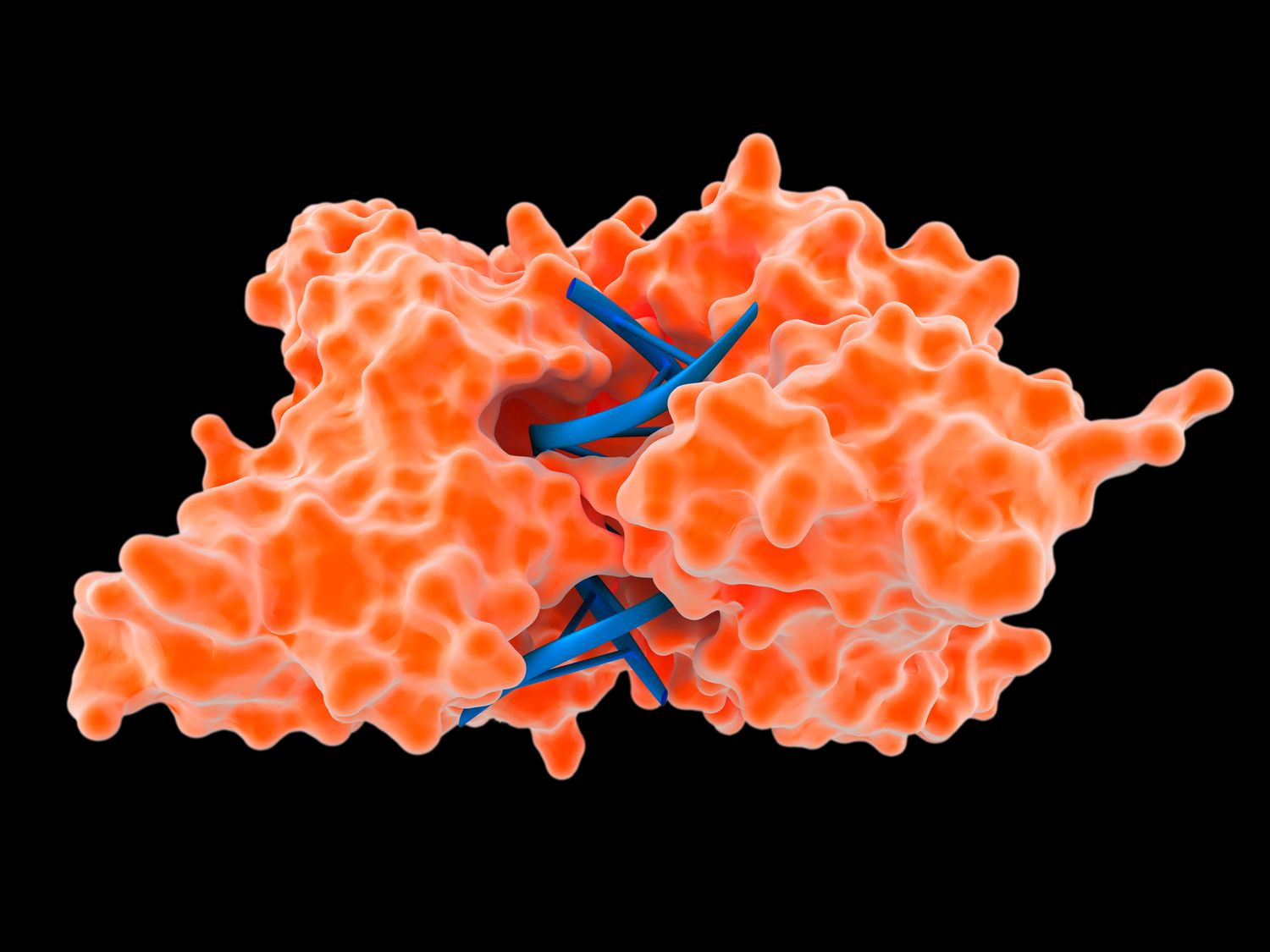July 19, 2025

In a remarkable fusion of artificial intelligence and protein engineering, scientists at DeepBio Labs have designed synthetic enzymes from scratch that outperform some of nature’s fastest biological catalysts. The breakthrough marks a major advance in the field of de novo protein design, where researchers build custom enzymes with no natural equivalent.
The team used a next-generation AI platform trained on over 200 million protein sequences and reaction datasets. The AI didn’t just copy existing enzymes — it predicted novel protein structures capable of catalyzing specific industrial and biochemical reactions at exceptional speeds. Once modeled, these enzyme blueprints were synthesized and tested in vitro.
One synthetic enzyme, dubbed DBX-042, was shown to accelerate a carbon-hydrogen bond formation reaction four times faster than the best-known natural enzyme. This type of bond formation is critical in pharmaceutical synthesis and polymer manufacturing.
“This is like designing molecular machines that outperform evolution,” said Dr. Elena Chu, principal investigator at DeepBio Labs. “We’ve entered a new era where biology is not just discovered — it’s invented.”
What makes these enzymes particularly promising is their stability and tunability. Because they’re not derived from natural organisms, they can be tailored for extreme temperatures, acidity, or solvent conditions — making them ideal for green chemistry and industrial applications that demand high efficiency and low energy use.
Unlike natural enzymes, which often require years of discovery, isolation, and refinement, these AI-designed catalysts can be created, tested, and optimized in a matter of weeks. Researchers say this pipeline could revolutionize industries that depend on chemical synthesis — from drug production to food processing to plastic degradation.
The findings were published in Science Advances and are already attracting interest from biotech firms and pharmaceutical giants seeking cleaner, faster, and more programmable biocatalysts.